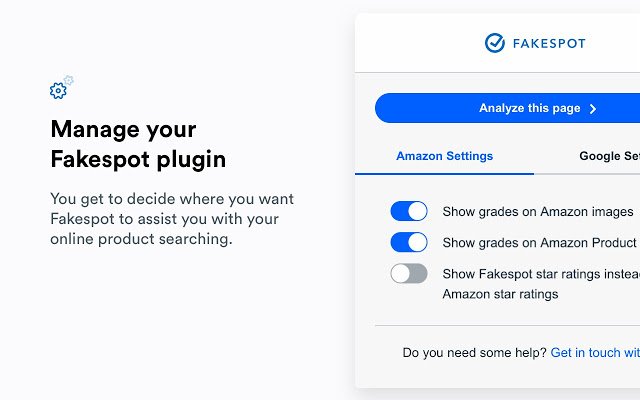
When a new piece of program is installed on your system, that program is added to the list. > download it again once your computer has been rebooted. Method 1: Uninstall Webroot SecureAnywhere via Programs and Features. > Since this utility is designed to remove itself you will need to > *Note: please run this utility twice before reinstalling our program.
#REMOVE WEBROOT PC#
> At this point, your PC should restart automatically. > Close the cleanup utility window and the SSCCleanup icon will > "Removal procedures have been completed" and the Close button is Webroot support is 100 in-house and located in the United States, Ireland, and Australia. > process is complete when the last line of the dialog window says
#REMOVE WEBROOT LICENSE#
> accepted the license agreement the cleanup process will start. > You will be prompted to accept the license agreement. Double left-click on the SSCCleanup icon that is on your desktop. Click on the message to Restart Later when it appears. > Step 3 if you are unable to perform this step successfully)
#REMOVE WEBROOT SOFTWARE#
Uninstall our software via Control Panel or Start Menu (skip to > this if you have our program installed and it is running. > then simply left-click on Shut Down option.

> right-clicking the icon in the lower right-hand corner of your screen, > Shut down the currently installed version of our program by When prompted, please save the download to

Please click on the link below to download a utility to remove any (I am still running it on my laptop, but plan to switch to KIS sooner, rather than later.) Good luck getting help from Webroot - although they are US based, they have limited hours and they generally try to charge you for anything but the most rudimentary support. A webroot Installer that is loading at startup in Startup Tab and the WRSA.exe entry under Select Which Icons Appear On The Taskbar section. I am pretty sure the tool is the same, whether removing Spysweeper or WISE or WISC. Just follow the steps carefully, including the reboots and running the tool at least twice (you need to download it again to run it again, since it removes itself). I last used the procedure a couple of months ago, and the links to the cleanup tool worked fine. Here is also text from a support email I received from them ~ 1 year ago. Note: If you've already gone into the registry, then there's a chance the removal tool might not work properly. Exchange servers are notorious for this issue, but there is other software and systems which also have problems with the wmic Win32_product command.There is a cleanup tool for webroot products. For most systems, this won't cause any issue, but depending on the software and the specific system, this can cause software to break or become corrupted. (Check the application event logs if you don't believe me.) All this happens before your actual command is carried out, so the wmic command is also slow. Select Webroot SecureAnywhere from the list of the apps that are installed on your Mac.
#REMOVE WEBROOT INSTALL#
Invoking Win32_Product in any manner causes a validation of every single app installed on the machine and will perform a repair install of any app that fails validation. Im trying to remove app/webroot from the url in my CakePHP application using htaccess. Launch the App Cleaner & Uninstaller application. Push out the change to the policy, then simply disable the policy on the device and it will uninstall Webroot.Īs to your wmic script, it probably invokes the Win32_Product class to call the uninstall. If you have Webroot integration in DattoRMM and have the webroot policy assigned, edit the policy and make sure the checkbox for "Uninstall Webroot when policy is removed" is selected. When you boot the system in Safe Mode, Webroot automatically switches to the unmanaged profile.

Webroot has to be in an unmanaged state in order to uninstall it from the control panel.


 0 kommentar(er)
0 kommentar(er)
